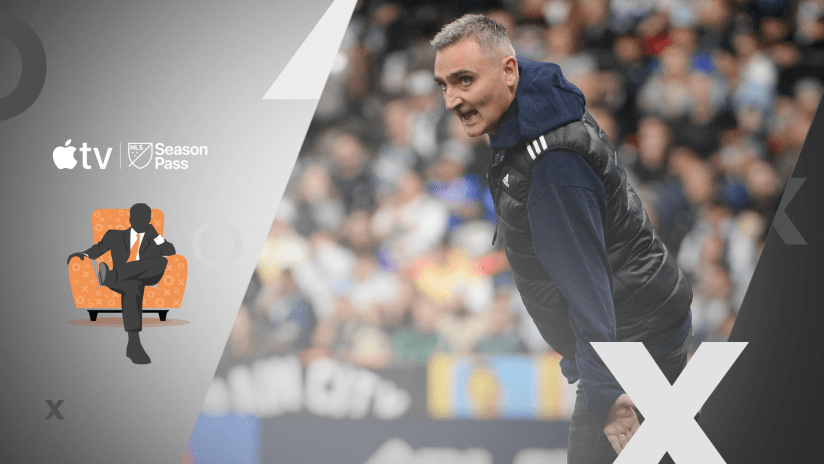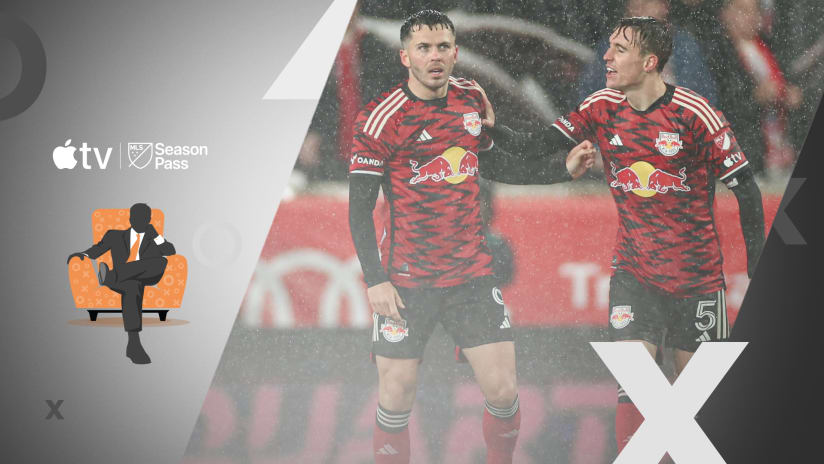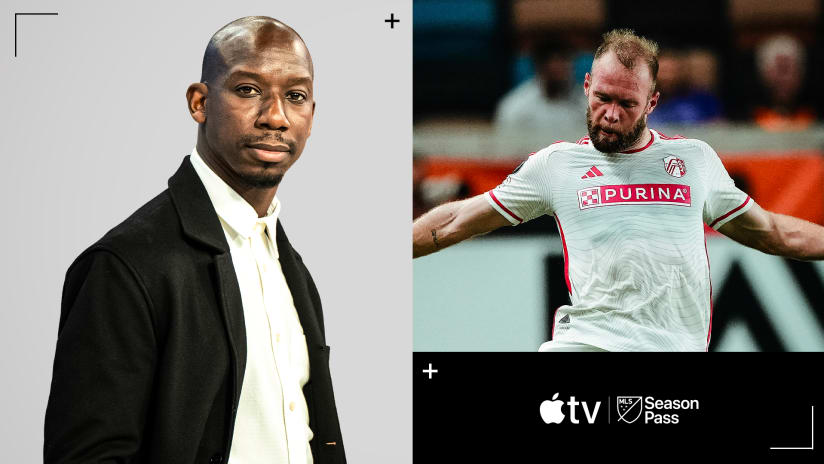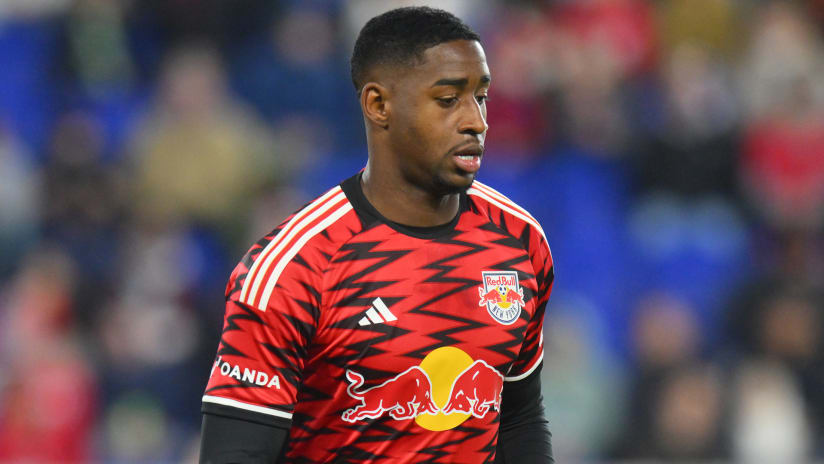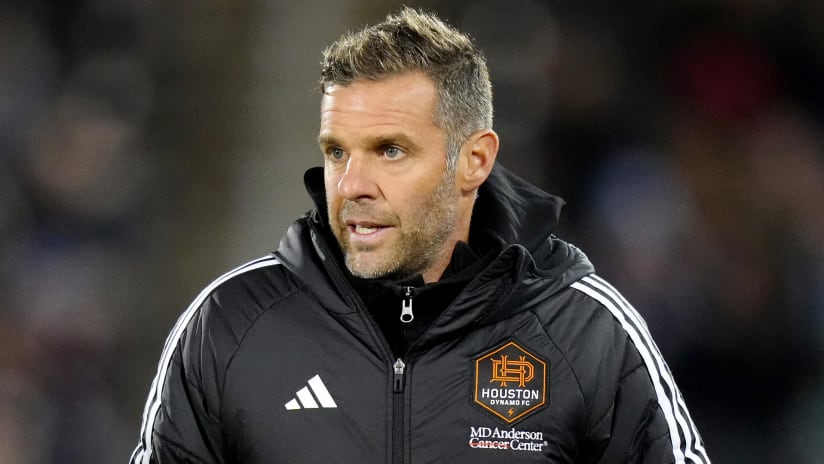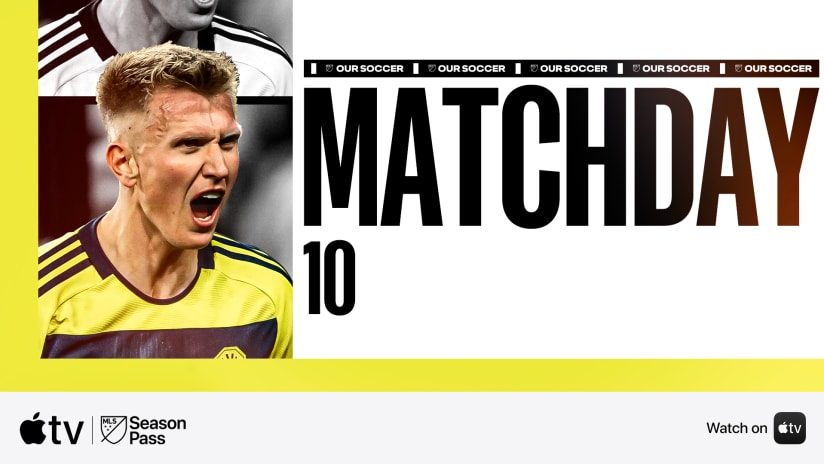I've never done a "mailbag," which is actually the wrong term for this column, but it's the one I'm using. But I think it's past time for folks who hit me up on Twitter to have more than 140 characters of response.
So, here we go:
This is a big and good and important and timely question, given Grant Wahl's report on Wednesday that the owners are meeting on Monday, and one of the items on the agenda is a vote on the possibility of adding even more TAM to the salary budget.
And yes: It's a salary budget, not a "salary cap." Anyone who talks about the league's $3.85 million cap as the limits of team expenditures hasn't done their research.
TAM has been spectacular for increasing the quality of players brought to the league, as well as for keeping guys who otherwise probably would've left for greener ($$$$) pastures, like Darlington Nagbe or Justin Meram. The difference between MLS in 2014 and MLS in 2017 is substantial, and TAM has played an immediate role in that improvement.
But on a longer timeline, there is nothing more important than continued investment in youth development via the academy system and USL partnership. The amount of money invested in players who are already professional was going to increase as a natural part of the league's growth, with or without TAM. There was nothing to guarantee, however, that MLS teams would be so aggressive – some more than others, obviously – in committing time, resources, and (for lack of a better term) "emotional capital" to developing local players.
Doing so guarantees that the baseline quality of MLS will continue to improve whether or not more TAM is infused.
Three things:
1. The point of the academy system and USL partnership is to develop better players who are ready to contribute at a high level earlier in their career than US players have managed in the past. It's working.
2. In any league in the world, clubs copy what wins. The best teams in MLS over the last few years have featured guys like Matt Miazga, Kellyn Acosta and Jordan Morris. The rest of the pack has noticed, and better players are now more likely to play no matter their age.
3. MLS teams have been investing millions of dollars – some since 2007, more in the years afterward – in youth development, and at some point that investment has to pay off. That's the nature of R&D. So there is starting to be pressure on MLS managers to get Homegrown players onto the field.
I love them both, Ballou Jean-Yves Tabla and Alphonso Davies, and hope we get to see one on each wing, flanking Cyle Larin, for Canada in the years to come. But if you're going to force me to choose between the two, it's Davies. His range of passing with either foot is absolutely stunning at times, and I wouldn't be at all shocked if he eventually turned into a central midfielder in part because of it.
I don't really think Dallas have a right back problem. Hernan Grana got exposed a little bit by Hirving Lozano in the second game of the CCL semifinals, true, but Chucky's a singular attacking talent who'll probably be sold for $15 million-ish this summer. Grana, despite his lack of pace, will end up being one of the better right backs in the league this year and next, is my guess.
And at that point, Reggie Cannon will be ready to step into the starting role. Cannon, who's just 18, has a ton of potential and will be a regular on FCD's gameday rosters soon enough. I'd be more comfortable with his development if Dallas had a USL team to blood him in with this year, but I'm not about to start seriously doubting Oscar Pareja & Co.'s ability to get the most out of their kids.
Absolutely. MLS is founded on parity so even a five percent advantage in one area or another can be decisive. USL teams are, I think, a much bigger advantage than just five percent – they are a place to develop your own academy players and give them meaningful pro minutes, a place to stash and developing intriguing foreign signings who aren't quite ready to compete at the MLS level, a place to find late bloomers like New York's Aaron Long, and a place where injured regulars can get rehab minutes.
It's also a way to sign more academy prospects, which makes business sense. Losing a talent like Weston McKennie hurts.
That said, there are enough inefficiencies in player identification and development here in the US and Canada, and enough budget space, for teams to survive without their own USL club for at least the next five years. The SuperDraft still puts starting-caliber players into the league every year, useful players can still be pulled off the scrapheap every year, DP slots can still be used on game-breaking talents, and TAM has made MLS teams more competitive when building on the world market.
I'm not sure they are. Their offseason priorities were re-signing a 22-year-old Argentine No. 10, re-signing a 26-year-old center back drawing interest from Bundesliga teams, and signing their own 21-year-old Homegrown midfielder. They went three-for-three, and all three guys (Lucho Acosta, Steve Birnbaum and Ian Harkes, respectively) are going to be franchise cornerstones for the next half-decade at least. They're also planning to launch their own USL team next year.
If the question is "Why do they have no DPs and generally spend less than most other MLS teams?", the answer is "their stadium situation, which is scheduled to be rectified next year."
But "MLS 3.0" isn't about total outlay, in my mind. It's more about understanding how to build from within (Homegrowns, USL and properly valuing draft picks) as well as understanding which guys to target from outside the league (Acosta is a very good example).
I think D.C. have set themselves up very well for the years to come, even if the offense is sputtering at the moment.
I think Marco Farfan has looked like a better defender than Vytautas Andriuskevicius despite getting beat at the back post by Dom Dwyer last weekend. Vytas, however, has been spectacular pushing forward during his 1000 MLS minutes, even if his numbers don't quite show it.
The answer, I think, is that Caleb Porter will probably juggle their minutes and appearances based upon opponent, form, need, etc. It's a good problem to have.
Also, it's crazy to me that Farfan seems to be on the outside looking in for the US U-20s.
Gonna end with this one...
For those who didn't see the press release, here you go. And here is the most important aspect:
"...cultivating the increasing demand for the sport – targeting communities ranging in population from 150,000 to one million. More than 75 million people in these U.S. markets do not have access to a local professional soccer club."
I love it – it's the exact right strategy for areas that are underserved. This has huge, long-term potential in terms of developing fans, coaches and players over generations, and the regionalization of the league potentially makes it much easier/more affordable to run successful teams that have a real grounding in the community, as well as real, local rivalries. This could also have a knock-on effect for MLS teams that want to run more than one USL team, or would prefer to have their team play in the third division (presumably less overhead costs) than the second division.
Bottom line, though is that it means 1) more jobs for professional soccer players in North America; 2) more chances for young professional/academy players to get pro games; 3) more chances for youngsters to go watch the sport live; and 4) potentially a more robust international transfer market for US and Canadian players.



